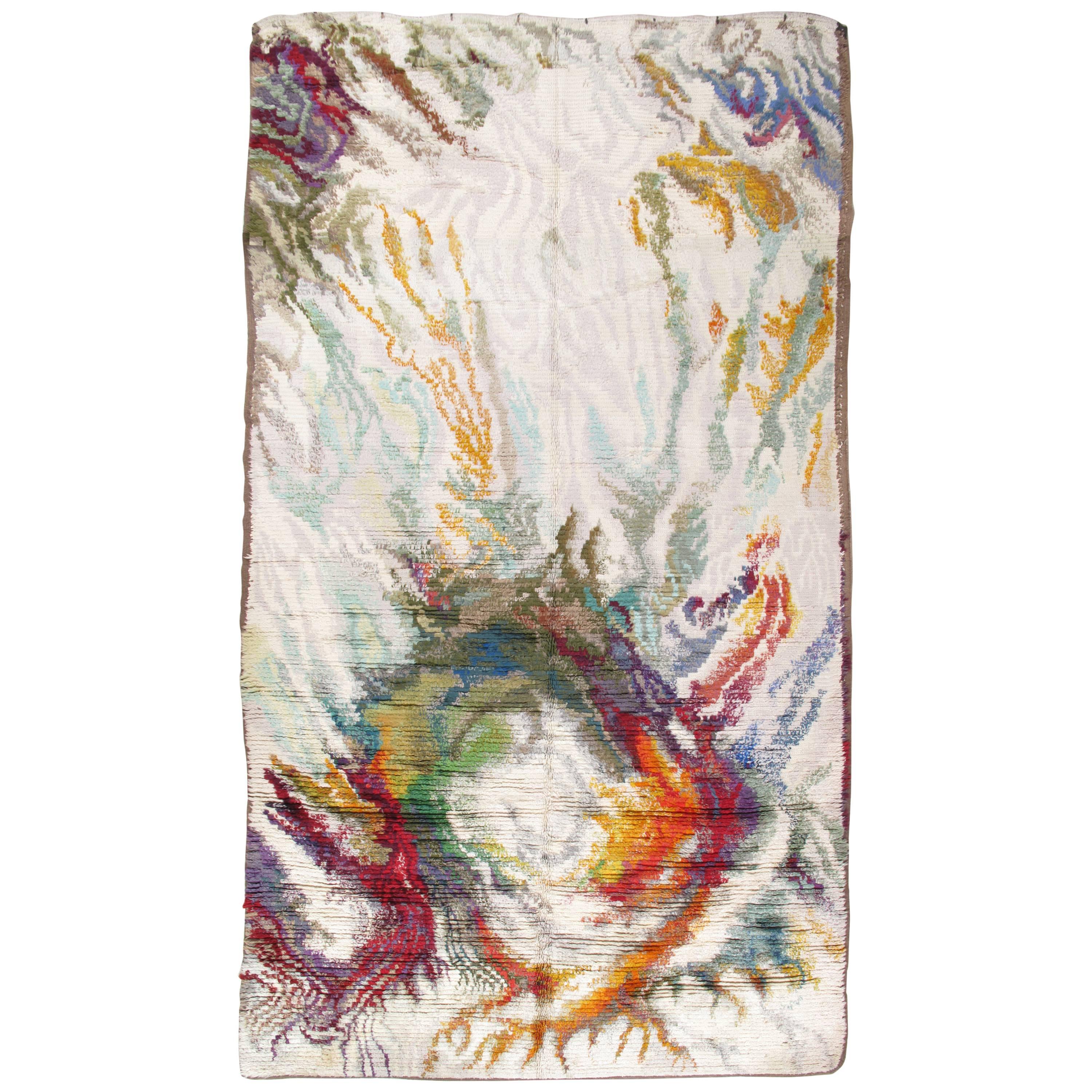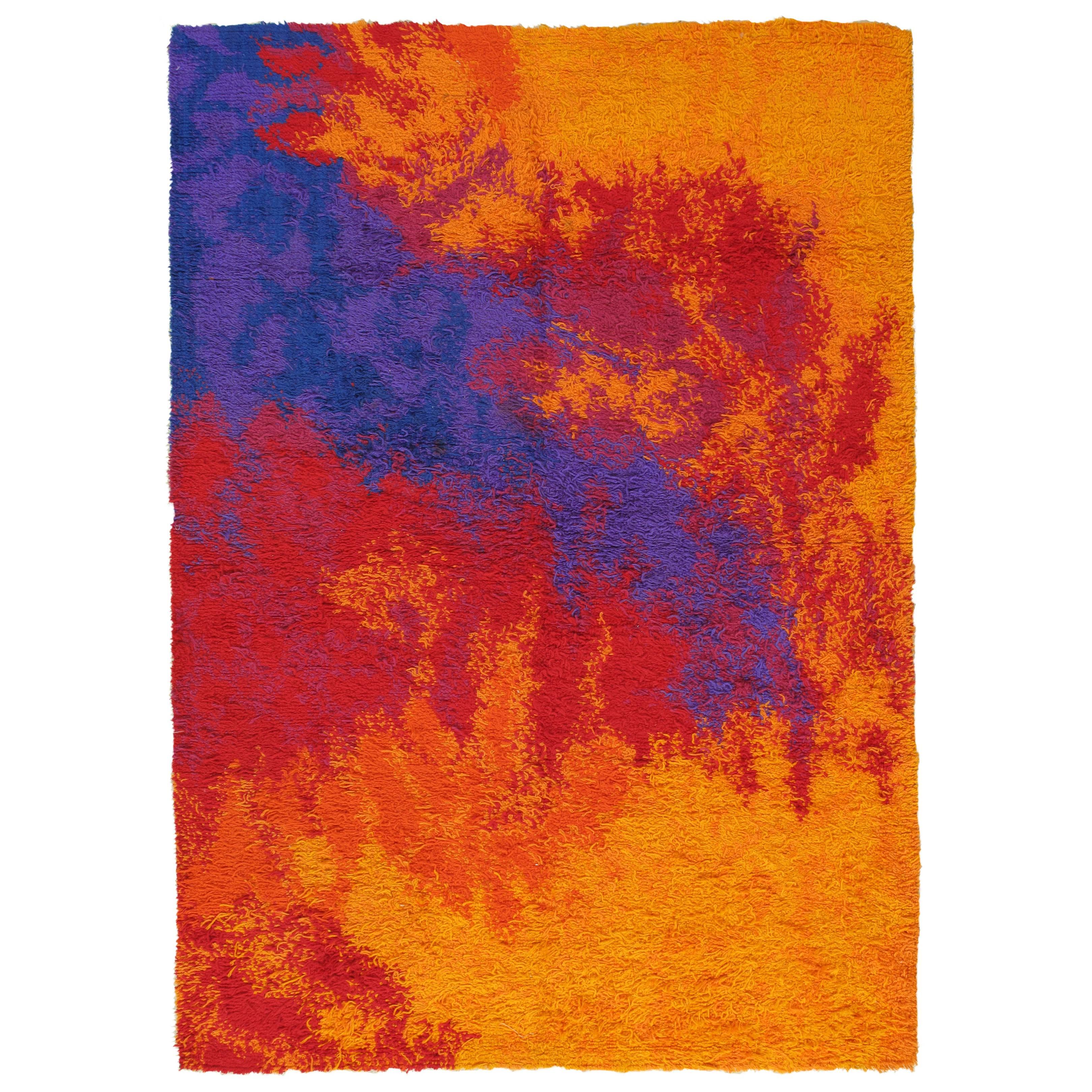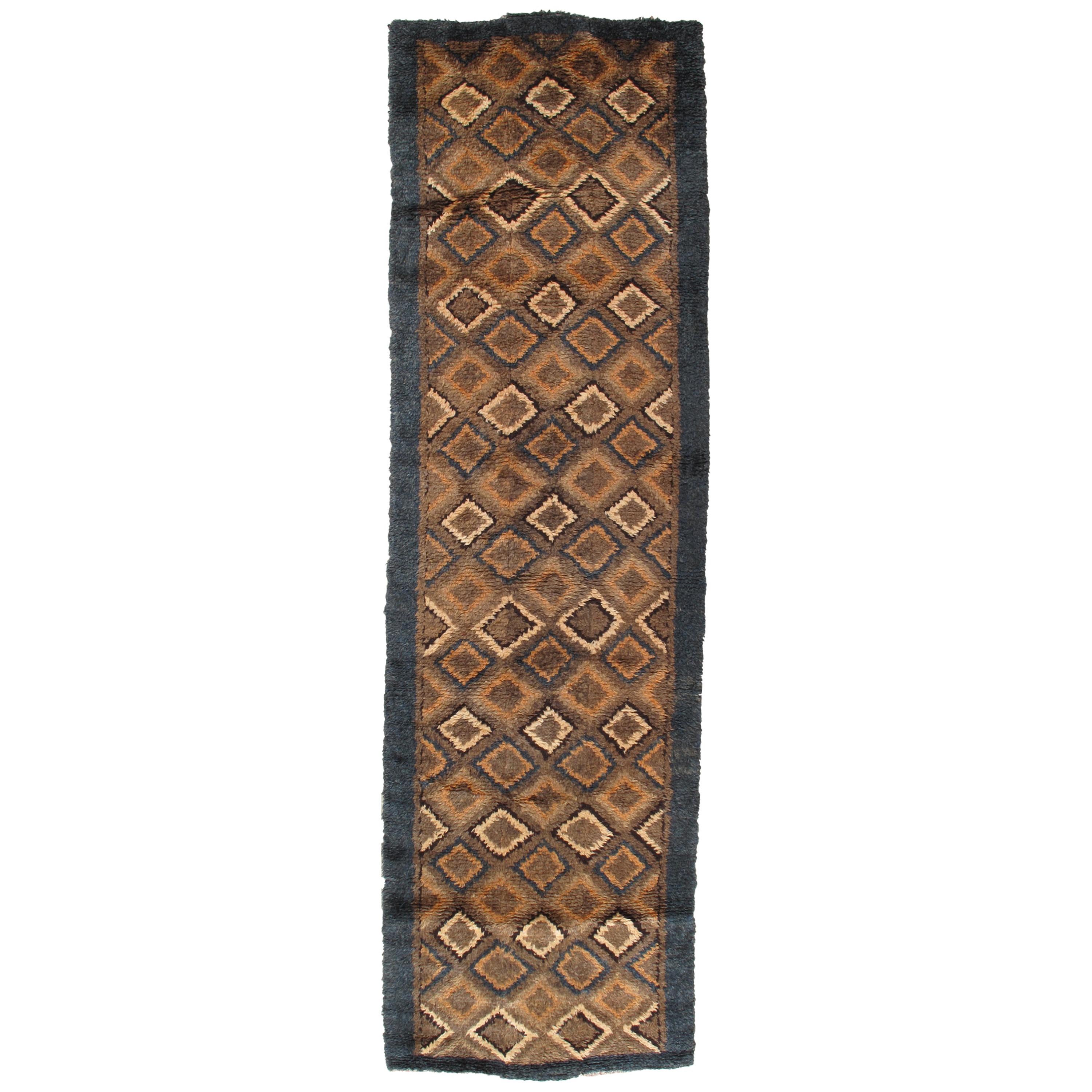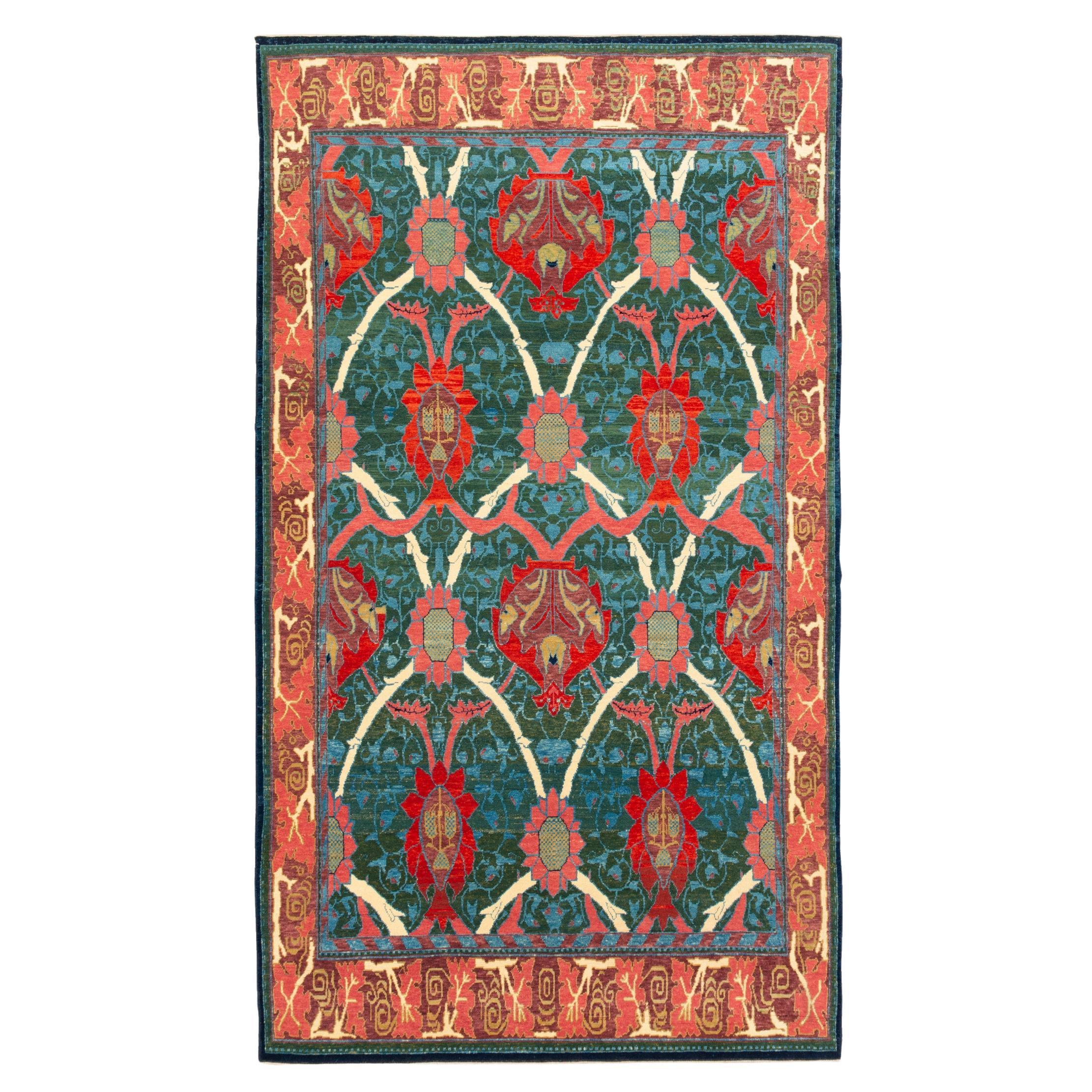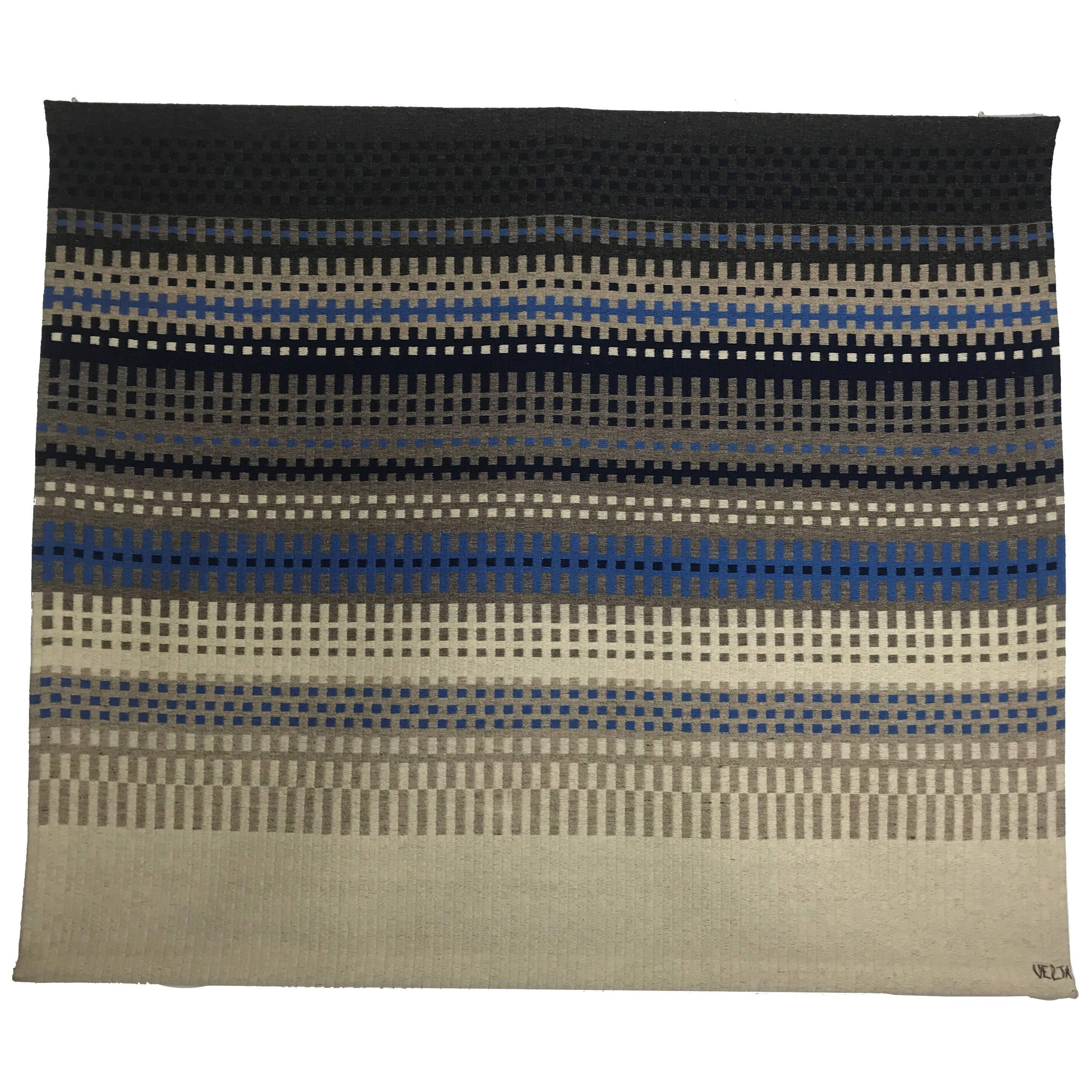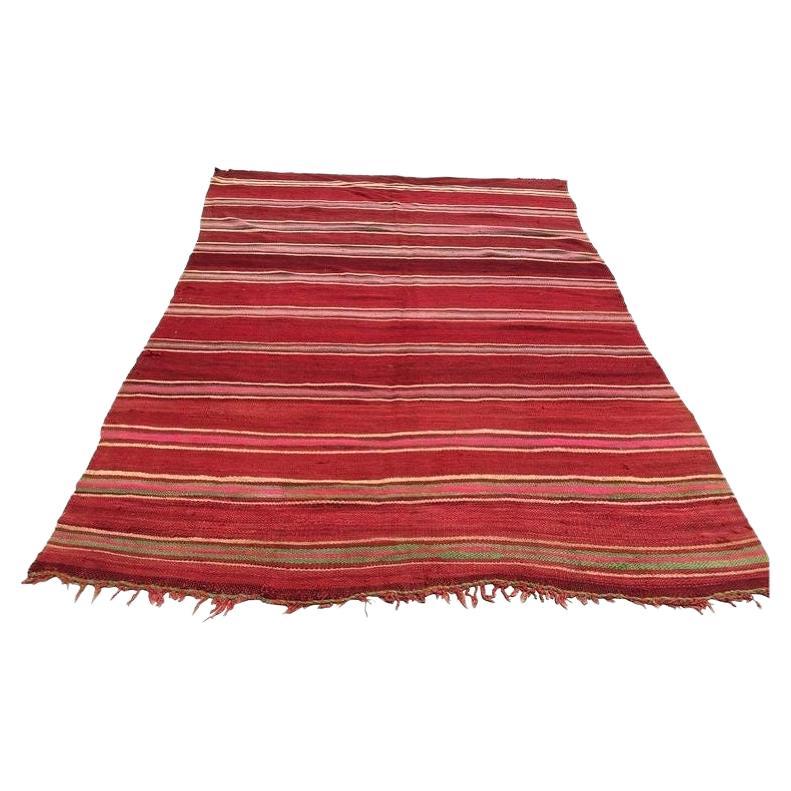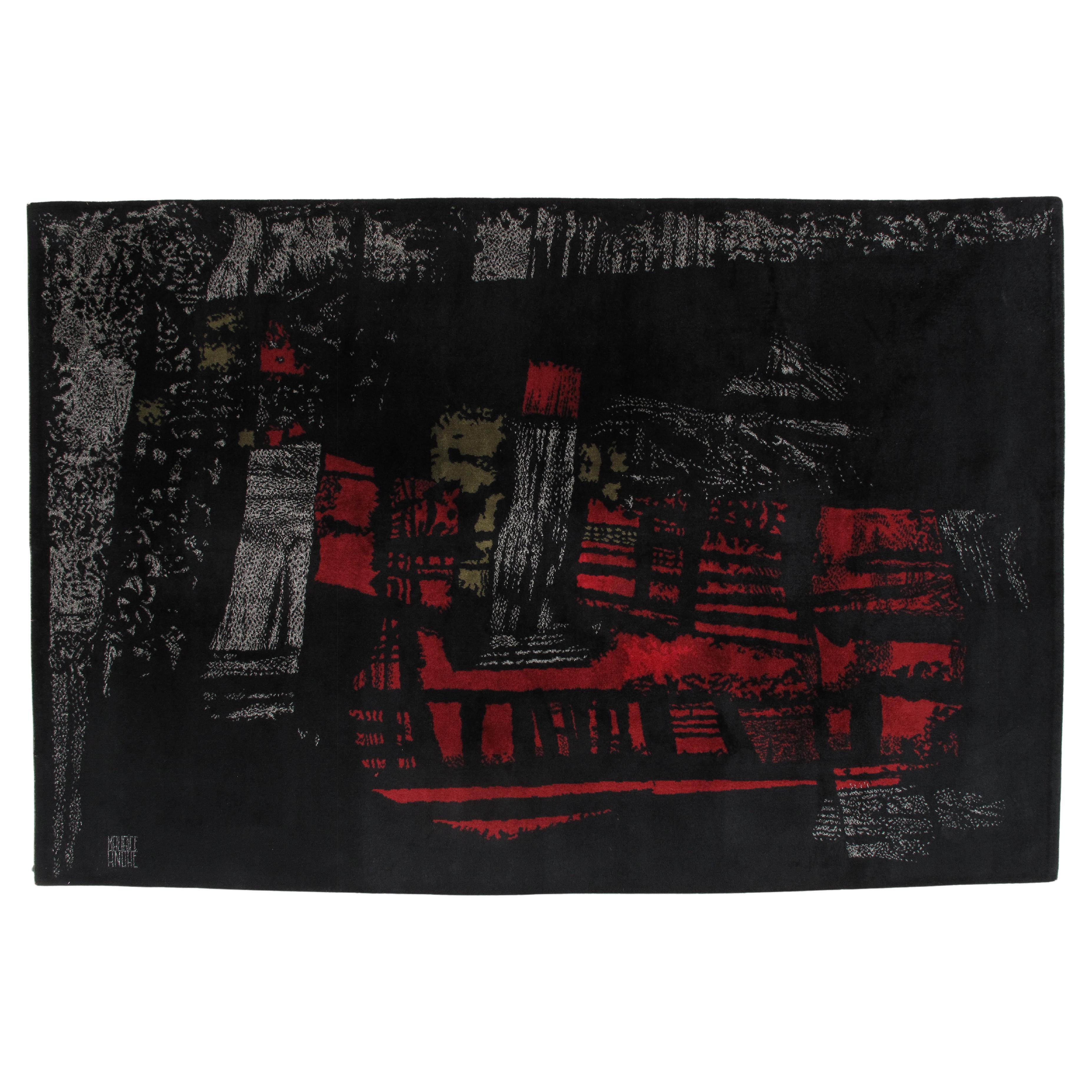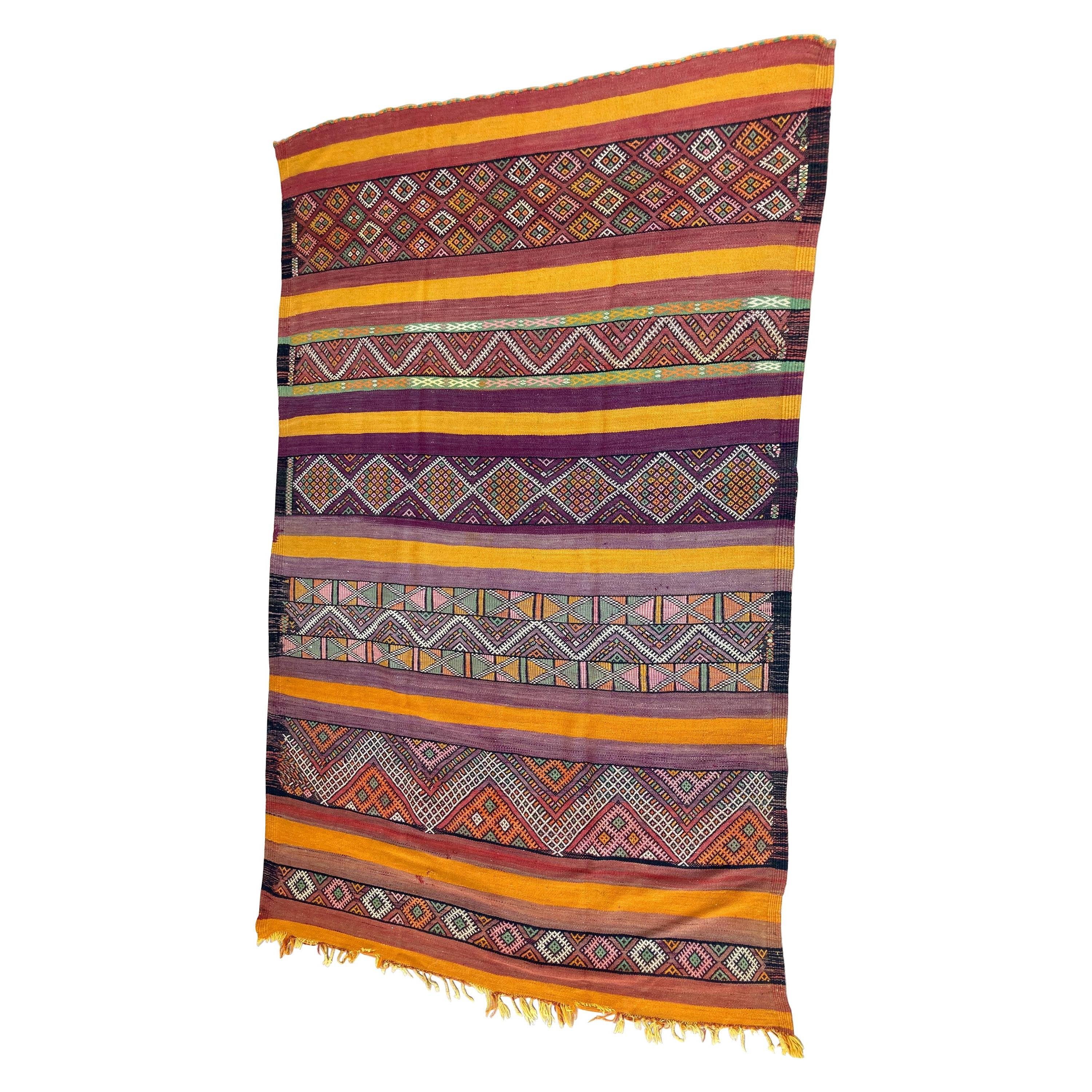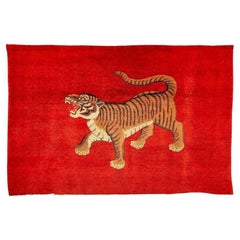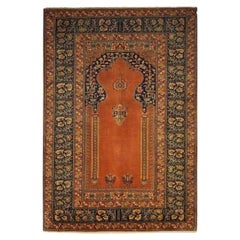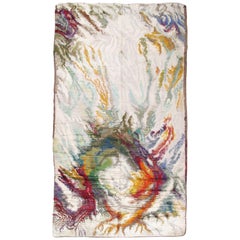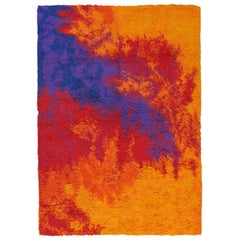
Laila Karttunen Finnish Flat-Weave Carpet for Kiikan Mattokutomo, 1930s
View Similar Items
Want more images or videos?
Request additional images or videos from the seller
1 of 15
Laila Karttunen Finnish Flat-Weave Carpet for Kiikan Mattokutomo, 1930s
About the Item
- Creator:Laila Karttunen (Artist),Kiikan Kutomo (Weaver)
- Dimensions:Width: 74.02 in (188 cm)Length: 114.57 in (291 cm)
- Style:Mid-Century Modern (In the Style Of)
- Materials and Techniques:Wool,Hand-Woven
- Place of Origin:
- Period:
- Date of Manufacture:circa 1930
- Condition:Wear consistent with age and use.
- Seller Location:Barcelona, ES
- Reference Number:1stDibs: LU1427217859631
About the Seller
4.9
Platinum Seller
These expertly vetted sellers are 1stDibs' most experienced sellers and are rated highest by our customers.
Established in 2015
1stDibs seller since 2015
Typical response time: 6 hours
More From This SellerView All
- Pao Tou Tiger Chinese Export Hand Knotted Wool Antique Rug, circa 1930Located in Barcelona, BarcelonaPao Tou tiger from China made in circa 1930 Hand knotted wool. Some repairs as we show on the photos. Measures: 131 x 198 cm.Category
Vintage 1930s Chinese Chinese Export Rugs
MaterialsWool
- Antique Kaysery Turkey Hand Knotted Wool Rug, circa 1950Located in Barcelona, BarcelonaAntique rug from Turkey Kaysery, circa 1950. Hand knotted wool Measures: 121 x 176.Category
Vintage 1950s Turkish Mid-Century Modern Rugs
MaterialsWool
- Empire Hand Knotted Wool Antique Reproduction Large RugLocated in Barcelona, BarcelonaImperio rug made in Spain, circa 1970. Hand knotted wool antique reproduction Measures: 300 x 300 cm.Category
Vintage 1970s Spanish Mid-Century Modern Rugs
MaterialsWool
- Antique Azeri Arts & Crafts Turkey Hand Knotted Large Rug, 1980Located in Barcelona, BarcelonaRug made in Turkey, circa 1980. Hand knotted Azeri 218 x 280.Category
Vintage 1980s Turkish Heriz Serapi Caucasian Rugs
MaterialsWool
- Antique Caucas Daghestan Hand Knotted Wool Rug, circa 1880Located in Barcelona, BarcelonaAntique rug from Caucas Daghestan, circa 1880. Hand knotted wool with some restaurations Measures: 93 x 157.Category
Antique 1880s Turkestan Kazak Caucasian Rugs
MaterialsWool
- Antique Anatole Turkey Hand Knotted Art Deco Wool Rug, circa 1940Located in Barcelona, BarcelonaAntique Anatole rug from Turkey, circa 1940. Hand knotted wool Measures: 145 x 258. 145 x 258 C8 20793.Category
Vintage 1940s Turkish Art Deco Turkish Rugs
MaterialsWool
You May Also Like
- Vintage Rya Handmade Carpet, Multicolor Wool Carpet-Colorful, Vibrant, WhiteLocated in Port Washington, NYRya rugs are the traditional Scandinavian rugs made in Sweden and Finland, and word “Rya” actually means Rug. The vintage Scandinavian Rya rugs that were made in Sweden have extremel...Category
Mid-20th Century Scandinavian Western European Rugs
MaterialsWool
$60,799 Sale Price29% OffFree Shipping - Vintage Rya Carpet, Swedish Rug, ColorfulLocated in Port Washington, NY1960s Swedish Rya rug with a colorful, plush wool pile. Size: 4'6" X 6'7".Category
Mid-20th Century Swedish Mid-Century Modern Western European Rugs
MaterialsWool
- Vintage Rya Carpet, Swedish, Soft Colors, Mid-Century ModernLocated in Port Washington, NY1950s Swedish Rya rug with plush wool pile. Measures: 2'11" x 9'9".Category
Mid-20th Century Swedish Mid-Century Modern Western European Rugs
MaterialsWool
- Gianni Versace Collection Black and Gold Designer Carpet, Rug. BaroccoBy Gianni VersaceLocated in Berlin, DEExtremely rare and unique carpet by Gianni Versace. From first owner. Carpet has light pile abrasion on one side. Overall good condition. Including "Certificate of Authenticity" f...Category
20th Century Italian Modern Western European Rugs
MaterialsWool
$16,993 Sale Price20% OffFree Shipping - Ararat Rugs Holland Park William Morris Carpet, Arts and Crafts, Natural DyedBy Ararat RugsLocated in Tokyo, JPThe source of carpet comes from the book Arts & Crafts Carpets, by Malcolm Haslam, and David Black, 1991, fig.49. This Hammersmith carpet was designed by William Morris in 1882, in the United Kingdom. In 1887 English artist and bookbinder T.J. Cobden Sanderson, suggested that a new group be named the “Arts and Crafts Exhibition Society” As a result, he was the first to use the term “Art and Crafts” and also is credited with naming this new emerging movement. The Arts & Crafts movement was inspired by the degradation of product standards that resulted from the factory production age. The rise of machinery in manufacturing caused a noticeable decline in uniqueness and crafts. These anti-Industrial reformers promoted economic advancement and social change. They wanted to eliminate poor quality and “artificial” items from 19th century British society. They saw a plethora of uninteresting items on display at the Great Exhibition of 1851 and became inspired to launch a Campaign for originality and uniqueness. William Morris was an English designer, as well as an uplifting social activist and writer. Morris is credited with sparking the rebirth of textile arts and traditional means of production. In 1861, Morris and a small group of designers opened an incredibly fashionable design company that grew to be largely successful. Morris left behind works in many different mediums such as textiles, books, furniture, stained glass, and area rugs. But in the end, he is most remembered for the magnificent wallpapers that he designed. He got much of his inspiration from the natural world. Through his interior decor pieces, Morris set out to convert rooms or spaces into meadows with beautiful trees meandering, vines, and plants. This concept of taking something Industrial and man-made, and converting it into something natural is what William Morris meant when he once said: “-any decoration is futile… when it does not remind you of something beyond itself.” Morris was a huge commercial success and his works are some of the most sought-after pieces in the world of design and decor. He is also credited with almost single-handedly reviving the British textile arts as well as their methods of production. Morris was also severely critical of machine-made goods, exclaiming, “Today almost all wares that are made by civilized man are shabbily and pretentiously ugly.” Houses were filled “with tons and tons of unutterable rubbish,” which, he suggested, should be heaped onto a gigantic bonfire! “As a condition of life, production by machinery is altogether evil.” He masterminded one of the most well-known styles of Arts & Crafts, recognizable by its twisting and arching patterns and simple, elegant floral design prints. Although Morris believed that Persian carpets were the greatest ever made, he adopted the coarser Turkish (Ghiordes) knot for his hand knotted carpet manufacture. They were woven at a thickness of 25 knots to the square inch at that time. Morris & Co.’s rugs are reminiscent of Persian garden design carpets in that they are smartly styled depictions of English gardens. Donegal also started producing highly desirable Irish rugs in the late 19th century. The Donegal rugs were predominantly created by English architects C.F.A. Voysey and Gavin Morton. The handcrafted Voysey rugs are typically woven in England, Scotland, and Ireland. Voysey had a knack for using contrasting shapes to decorate flat monochromatic spaces. Dark outlines added a flair of drama to his signature pattern and Celtic rug...Category
21st Century and Contemporary Turkish Arts and Crafts Western European Rugs
MaterialsWool, Natural Fiber, Organic Material
$5,360 Sale Price20% OffFree Shipping - Antique Cappadocian Zili Flat-WeaveLocated in Milan, ITWoven in a complex flat-weave technique known as Zili, this superb example originates from the area of Sivrihisar, located in Cappadocia. The background is entirely in wool and the a...Category
Antique 1880s Turkish Tribal Turkish Rugs
MaterialsWool
Recently Viewed
View AllMore Ways To Browse
European 18th Century Rug
Savonnerie Aubusson Rug
Antique European Rugs Savonnerie
Aubusson And Savonnerie Rugs Carpets
Antique Savonnerie Rugs
French Style Rug Tapestry
Aubusson Early 20th Century
Antique Rugs England
Art Deco Mid Century European Rug
European Handwoven Tapestry
Antique Art Deco European Rug
Large European Aubusson Rug
18th Century Aubusson Rugs
Irish Rug
Antique French Savonnerie Rug
Ireland Rug
Carpet Austria
Antique French Savonnerie Carpet
